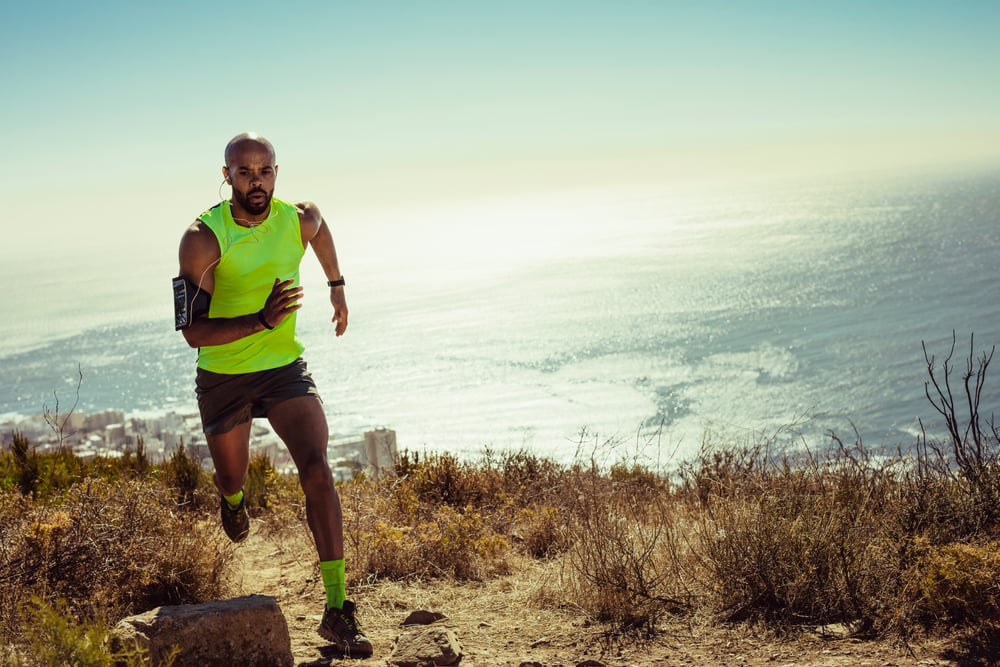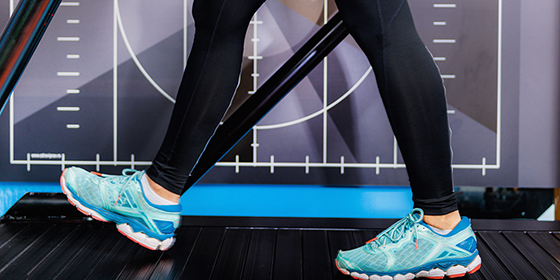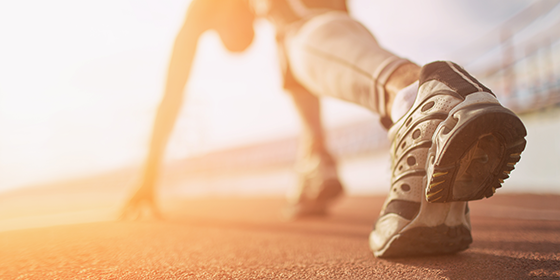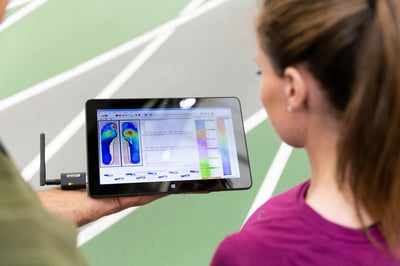
What You Need to Know About Running Biomechanics
When it comes to maximizing human performance, understanding the way bodies move—including the biomechanics of running—is key.
Human movement is a key determinant in the quality of day-to-day life. From cross country runners and Olympic sprinters to mall walkers and everyone in between, the way humans move, walk and run form the building blocks of athletic performance, human performance, speed, comfort and movement. When working to maximize human performance for your patients and athletes, understanding the details of how bodies run, known as the biomechanics of running, is essential.
To maximize movement—for speed, agility, comfort or other factors entirely—running biomechanics are foundational. Whether studying the way joints and muscles work together to run or analysing the phases of gait themselves, every practitioner needs a fundamental knowledge of how humans run.

What is gait?
Before you can understand how humans walk and run, you must first understand how they move—the manner of their gait. Put simply, gait is the way a person walks or runs; it’s how they move, how their feet hit the ground, and how they propel themselves forward. Studying a person’s gait reveals critical factors about them, from their neurological readiness and athleticism to their general, everyday comfort. By measuring, analysing and understanding a patient’s gait, their human performance can be maximized, with significant implications for their quality of life and athletic success.
Human gait—whether running or walking—involves several components. From body weight and heel strike to the pattern of movement and the pressure of contact with the ground, the details of gait influence every other element of human movement.
The Biomechanics of Running and Walking
The biomechanics of both running and walking involve the actions that the body undertakes when moving forward. The way that the muscles, bones and brain work together to achieve movement can be optimized, helping a person move more effectively—whether at a high school cross country practice, out on a hobby jog or during an Olympic trial.
To understand the biomechanics of running, remember this: when running, the body hits the ground, leaves it, and then returns. The action of running puts significant strain on the body. The muscles and bones in the legs must work together from weight-bearing to stance to lift, and then back down to the ground. Learning these biomechanics is essential in order to optimize them.
The Phases of Gait: How the body runs
The phases of gait (and running biomechanics) are composed of two main phases: stance phase and swing phase. The beginning of the process, stance phase, involves four components: the loading response, midstance, terminal stance and pre swing. Following the stance phase, a runner or walker moves into midstance and then terminal stance before repeating the steps again, for as long as the gait is maintained.

The Phases of Running
When running, the body finds itself in three major phases: the float phase, where neither foot is making contact with the ground; the stance phase, where the body is making initial contact with the ground; and the swing phase, where the weight bearing leg switches to the next leg.
Running biomechanics involves more speed—and therefore more stress on joints and muscles—than walking does. Though the phases of running mirror the phases of walking in many ways, the addition of both speed and the float phase add a new biomechanical component. During running, the kinetic movement and running biomechanics put the responsibility on the Achilles tendon, the knees, the shins and the quadriceps. A thorough understanding of the phases and biomechanics of running equip us to address issues with movement and maximize running performance.

How the Body Moves When Running
Running involves several muscles and bones working together to create a healthy, optimized gait pattern—from the shin and heel to the tibia, quadricep and calf muscle. Understanding running biomechanics in detail is crucial for injury prevention and treatment since problems from the Achilles tendon to the patella can cause serious pain, speed issues and interference with daily life. Proper gait analysis can help to determine injury risk, improve injury prevention, increase stride length and even benefit the upper body.
XSENSOR: Technology for measuring running biomechanics
Whether practicing restorative physical therapy or working as a running coach, the proper measurement, analysis and understanding of running biomechanics is crucial. At XSENSOR, our dynamic sensing technology is built specifically to help medical professionals gather and study important, foundational data that can lead to gait analysis, improved performance and running efficiency.
With our industry-leading sensing technology, we can help you to measure gait and maximize performance, improving the wellbeing and movement of your patients and athletes. Our dynamic sensing technology includes:
- intelligent insole sensors,
- walkway sensors, and
- stance pad sensors.
At XSENSOR, we know there is no true success in human performance without a thorough understanding of the biomechanics of running—including accurate measurement and analysis. From reducing injury risk to improving speed and everything between, our dynamic sensing technology equips practitioners with the data and technology to succeed.


